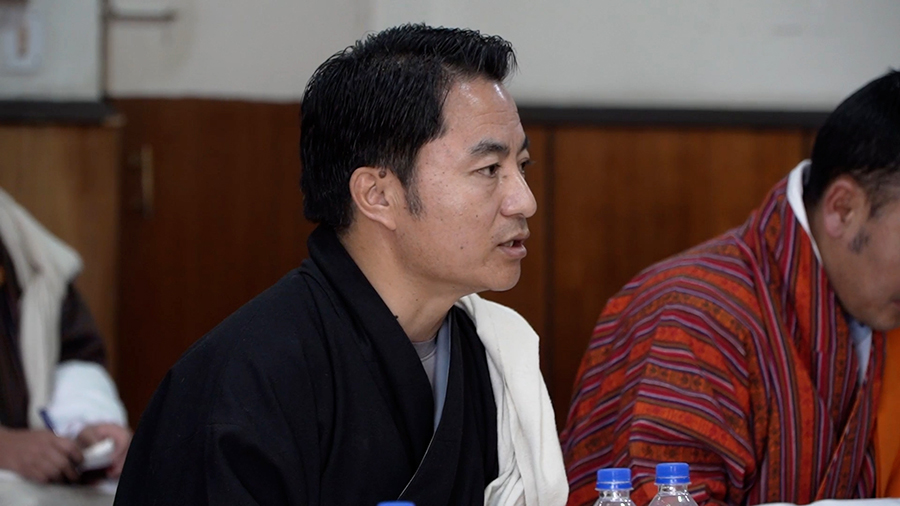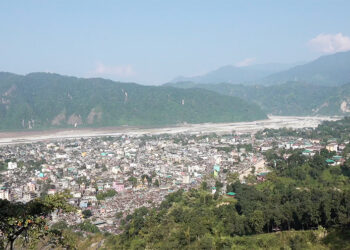 Bhutan aims to increase its GDP to USD 22bn by 2050, requiring an annual growth rate of eight percent. To achieve this, the country plans to invest in core and emerging sectors such as hydropower, tourism, agriculture, digital economy, manufacturing and mining among others. This is according to “Bhutan’s 21st Century Economic Roadmap – A 10X National Economic Vision” the government launched last month. The details were shared during yesterday’s press briefing.
Bhutan aims to increase its GDP to USD 22bn by 2050, requiring an annual growth rate of eight percent. To achieve this, the country plans to invest in core and emerging sectors such as hydropower, tourism, agriculture, digital economy, manufacturing and mining among others. This is according to “Bhutan’s 21st Century Economic Roadmap – A 10X National Economic Vision” the government launched last month. The details were shared during yesterday’s press briefing.
In the hydropower sector, the country will aim to achieve a generation capacity of 25,000 megawatts by 2050. This sector alone is expected to make 12-15 per cent of the GDP and create 45,000 new jobs.
Moreover, the government seeks to transform its agriculture into a high-value, resilient industry by focusing on organic production and export. This sector is projected to contribute three to four percent to GDP.
Chencho, Director of Office of the Cabinet Affairs and Strategic Coordination said “Moreover, the country will focus on establishing Bhutan as a destination for cultural, adventure, and nature-based tourism. This sector is expected to create 80,000 jobs and contribute 12 per cent to GDP.”
The government has also set targets to establish two “unicorn” or billion-dollar companies and 75 new ventures or start-ups annually. The sector is expected to contribute 15 per cent to the GDP.
Chencho, the Director said “We plan to attract global corporations to operate in Bhutan through Business Process Outsourcing. Additionally, we aspire to become a research hub where multinational firms conduct analysis, contributing around 12 per cent to GDP.”
The country will also focus on clean energy, expanding beyond hydropower to develop solar and wind power.
Additionally, the manufacturing sector will focus on industries such as pharmaceuticals and electric vehicle among others. The government aims to develop robotics to boost innovation and increase the sector’s GDP contribution to 15 per cent.
The country will also explore rare earth minerals, ensuring that extracted materials undergo value addition before export to maximise economic returns.
Deki Lhazom
Edited by Tshering Zam









